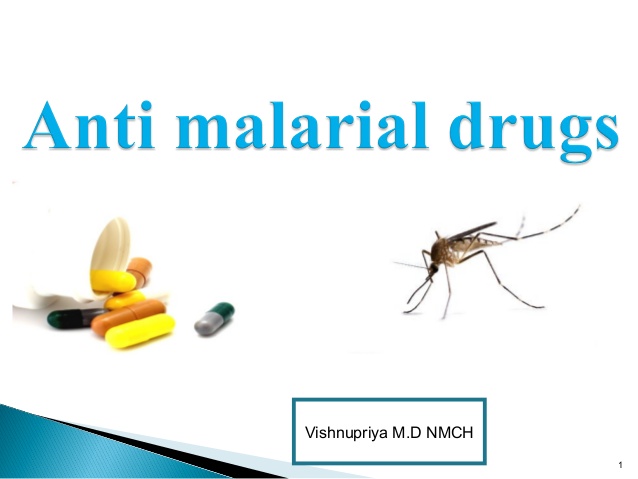80 VVF Patients Living In Sokoto Treatment Centre
No fewer than 80 VVF patients are taking shelter at the Maryam Abacha Women and Children Hospital which is housing the Vesicovaginal Fistula (VVF) Treatment Centre in Sokoto State.
A check by the News Agency of Nigeria (NAN) found that 35 patients are on the awaiting surgery register, while others have undergone surgery more than once but the condition still persists, which made them to rather continue to stay at the centre, hoping to get cured some day.
Another reason was the banditry activities, where some rehabilitated patients could not go back to their communities because of displacements as bandits have taken over their homes.
NAN also found out that some have fully recovered and supported with empowerment skills, but prefered to stay at the treatment centre due to the stigma they experienced while suffering from the disease.
VVF is an abnormal opening between the bladder and the vagina that results in continuous and unremitting urinary incontinence.
The condition is among the most distress complications of gynecologic and obstetric procedures, however, the condition can be reversed and repaired through surgery.
Common causes of VVF are obstructed labour, early marriage, poverty, and women’s limited control over the use of family resources.
The condition can cause discomfort, and if left untreated, it may cause serious bacteria infection, which may result in sepsis, a dangerous condition that can lead to low blood pressure, organ damage or even death.
A patient, Jamila Aminu from Kware Local Government of Sokoto State, said she had been at the centre for 15 years and underwent four surgeries but her condition persisted.
Aminu, who expressed appreciation to the UN Population Fund (UNFPA), saying the surgeries, medication and feeding were all free, added that “I now go to my home and spend two weeks and come back to the centre.”I was divorced by my husband, now I scout for sustenance from family members, relatives and donors.
“I feel comfortable to live here and relate with my co-fistula patients, we are hoping to regain our health as UNFPA and others are supporting us.”
Hadiza Abdullahi, a 56-year-old VVF patient from Ture village in Sabon Birni Local Government Area, said she spent 11 years at the centre due to security challenges in her community.
Abdullahi said she regained her health after two separate surgeries and commended UNFPA for the assistance.
According to her, VVF patients from Sabon Birni, Danture, Muntalle and Largi decided to remain at the centre due to banditry in their areas.
Another patient, Amina Abdullahi, 22, from Alero Local Government Area of Kebbi, said she benefitted from three separate surgeries supported by UNFPA but remained at the centre “because I still leak urine.
“However, I still have hope. Doctors have been encouraging us that our situation will be normalised.
Rabiatu Rufa’i from Dangel in Wamakko Local Government Area, said she got VVF after prolonged labour in her first child delivery and transported to Usmanu Danfodio University Teaching Hospital (UDUTH) before being referred to the VVF treatment centre.
Meanwhile, Mrs Angela Azu, the Head Nurse at the VVF ward, said the patients have made the centre their home because some of them require specialised surgery “and they have to wait for visiting doctors to conduct such operation.”
NAN recalls that the Chief Medical Director of Sokoto VVF Centre, Dr Bello Lawal, recently at a stakeholders meeting disclosed that VVF patients stay within the centre because of the need for advanced surgery.
The director said that hospital authorities have no option than to allow the patients remain in the facility as they face stigma when they return to their respective settlements.
When contacted, Musa Isa of Fistula Foundation, also commended UNFPA for the support.




